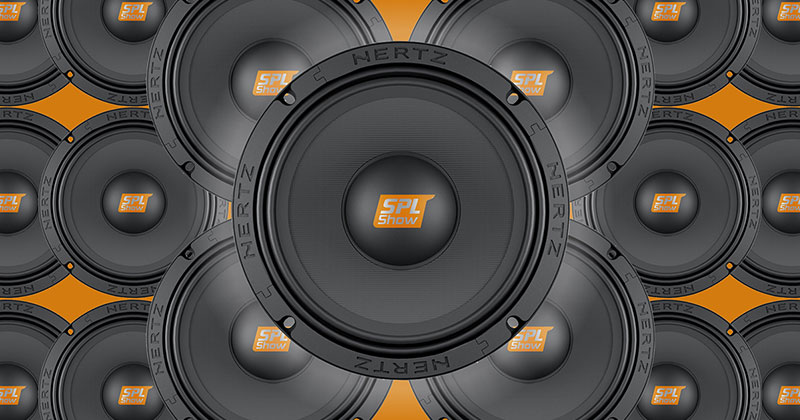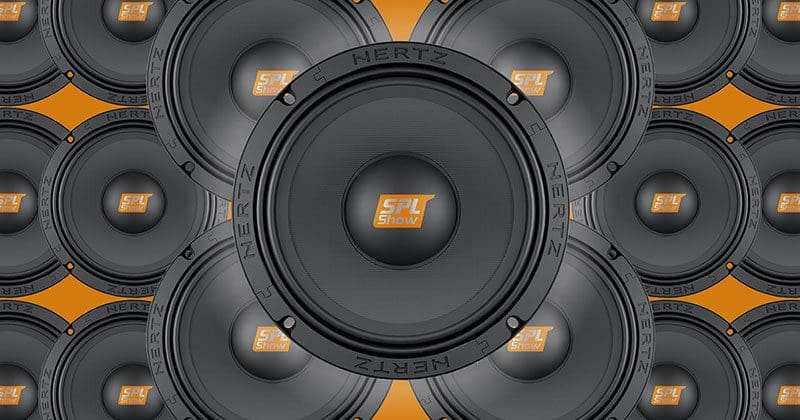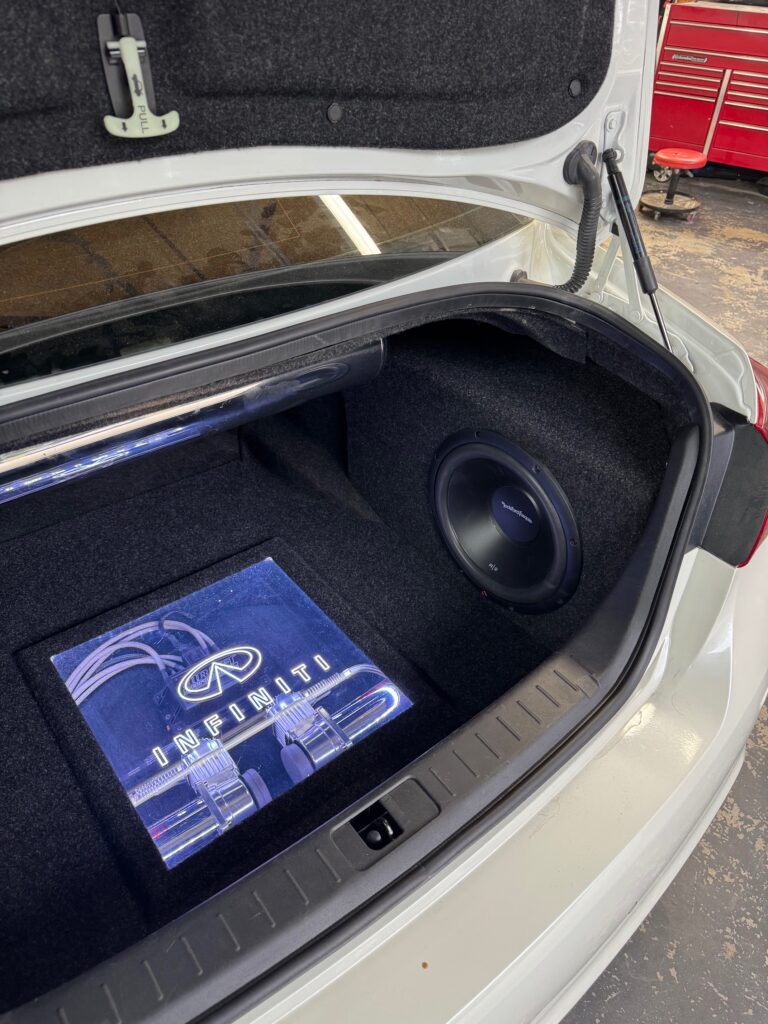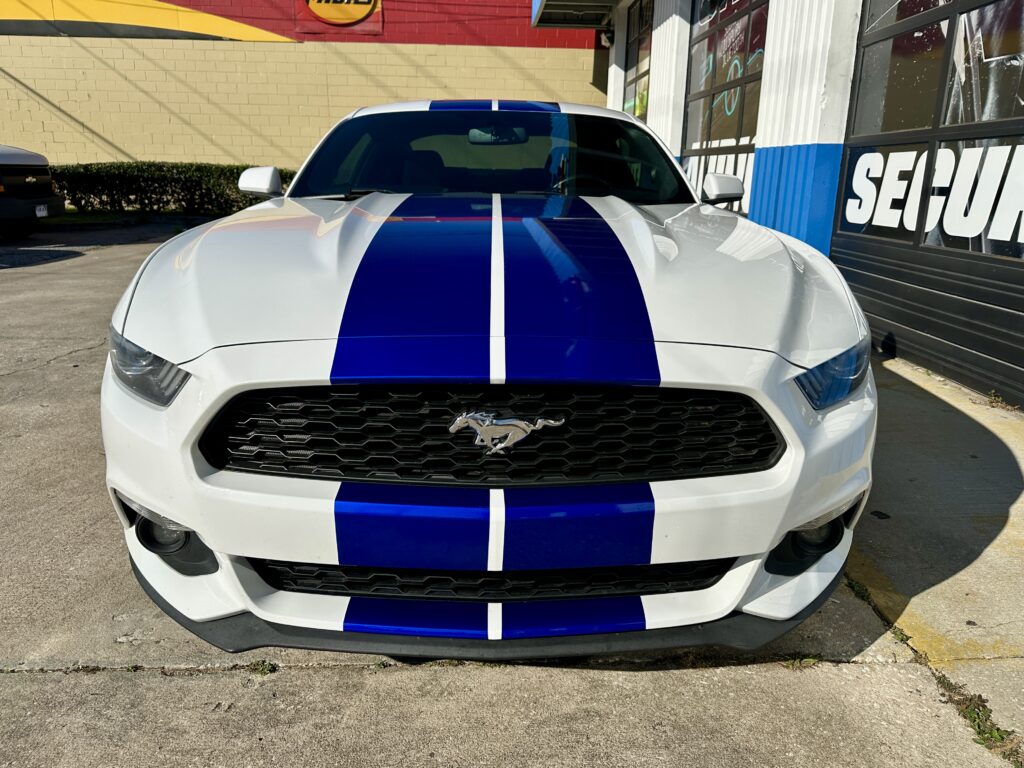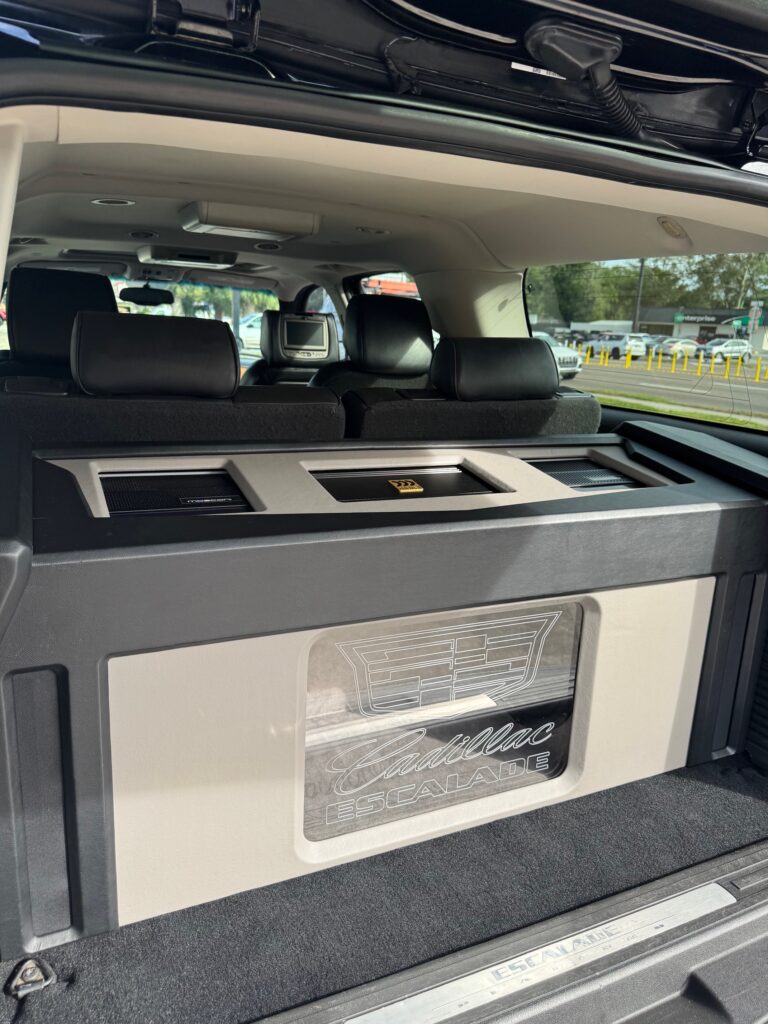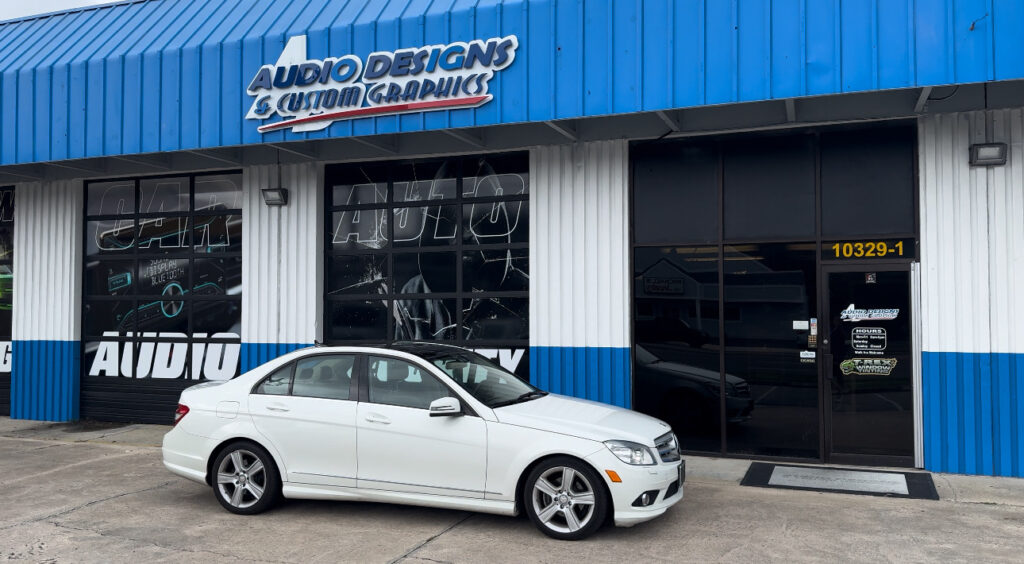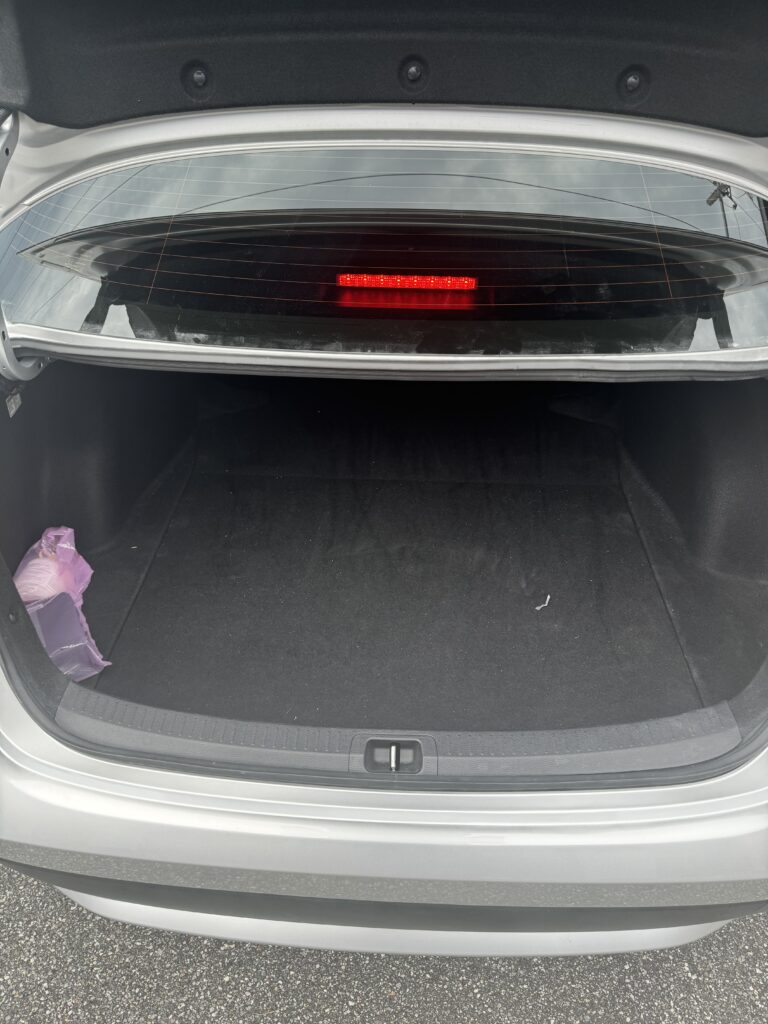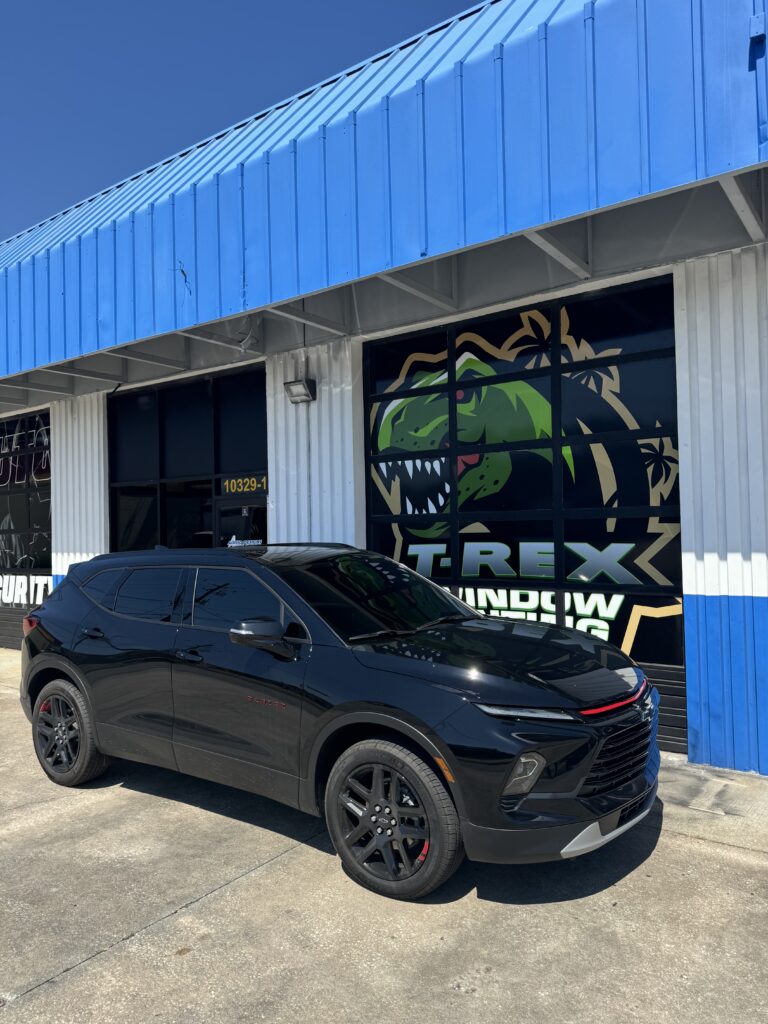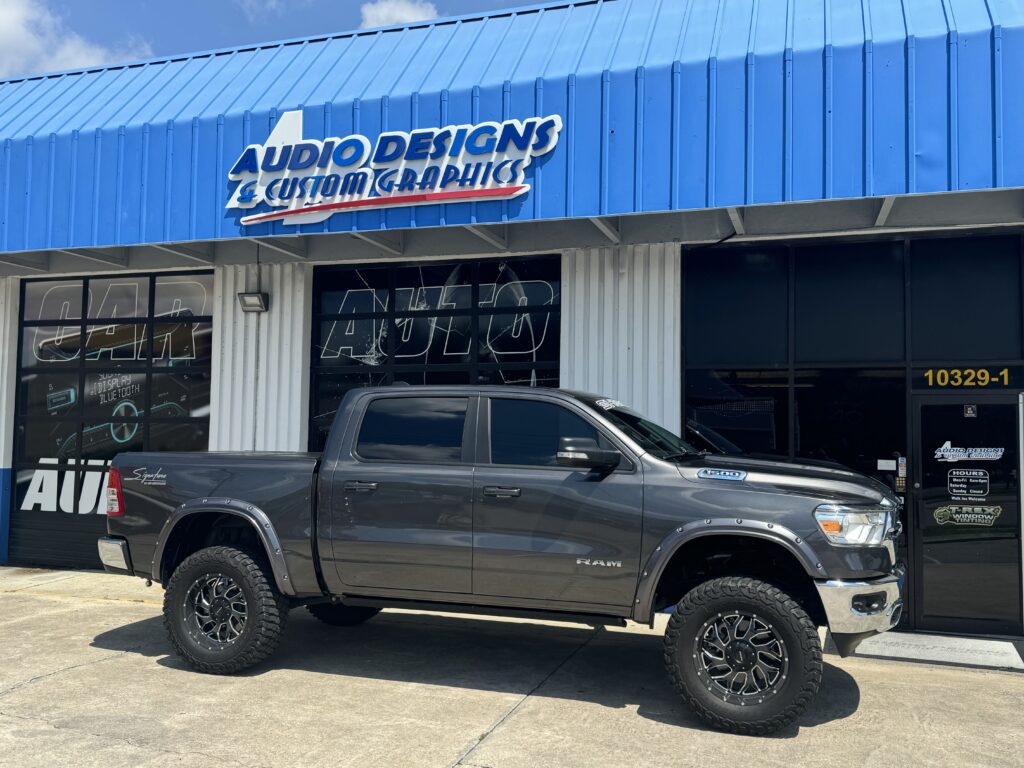Over the years, many car audio enthusiasts have complained that while new speakers made their car stereo systems sound better, the new speakers didn’t make the systems any louder. In fact, the more you work to upgrade your speakers, the more you often find that you have traded efficiency for smooth frequency, accuracy and clarity. This article explains a bit of the physics behind this phenomenon and provides a solution to make your audio system sing.
Speaker Efficiency Versus Bandwidth
The speakers that are installed in cars and trucks on the assembly line are designed to play loudly with minimal power. This efficiency is achieved by using lightweight cone materials and voice coils. The drawback of this design is a trade-off in power handling (small coils handle less heat) and bandwidth (lighter speaker cones typically produce less bass).
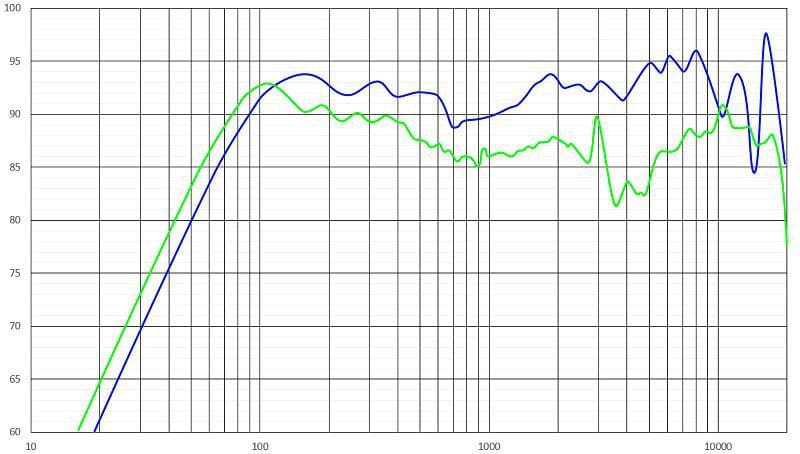
The image above compares the output of two high-quality 6.5-inch coaxial speakers from Audison. The trace in green is the Prima APX 6.5 and the trace in blue is the Voce AV X6.5. You can see that at most points across the frequency graph, the APX 6.5 is more efficient by 2 to 3 decibels. In this case, the rated efficiency numbers of 94 dB and 91 dB correlate well to the information provided by the graph.
It’s worth noting that the Voce produces 3dB more bass output at all frequencies below about 80 Hz. This output is due, in part, to having a cone mass of 16.1 grams compared to the 11.5 grams of the Prima.
Is one speaker better than the other? No: They are each designed for specific applications. The lighter Prima driver is intended to be used with low- to mid-power amplifiers. The Voce is a little less efficient overall, but can handle more power and offers 50% more excursion capability. When paired with an appropriate amplifier, the Voce has the ability to play louder than the Prima.
These speakers highlight the typical scenario that happens when someone upgrades to a speaker solution that offers smoother frequency response and more bandwidth. The audio system will sound better, but isn’t as efficient. When provided with the power they need, the better speakers can play louder.
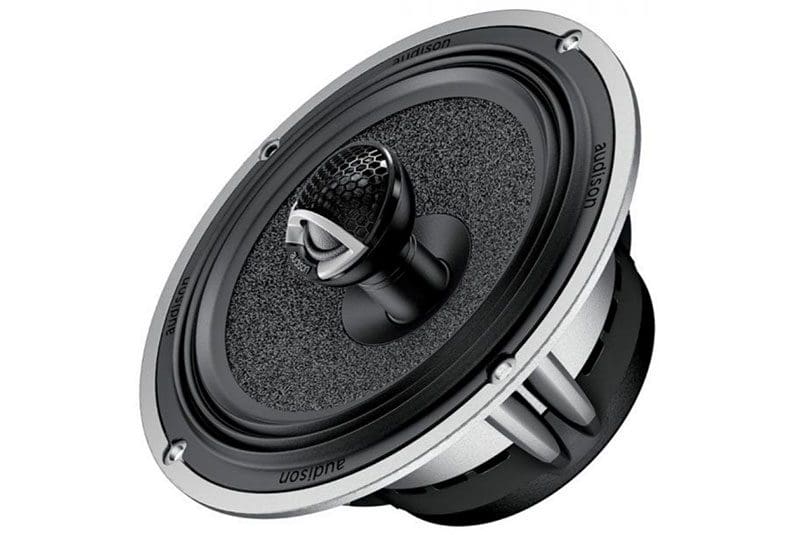
How to Make Your Car Audio System Play Louder
It should come as no surprise, based on the information above, that the key to being able to crank up your music is to have adequate power from the amplifier in your car audio system. If you are using a standard aftermarket radio or your vehicle has an entry-level audio system, then each speaker in the car or truck might only see around 20 watts of power.

If you’ve got a high-power radio like a receiver from Sony, or you’ve added an ultra-compact amplifier, then roughly 45 to 50 watts are available to drive each speaker. If you opt for a larger amp that will have to be mounted under a seat or in the cargo area, you may have 85 to 150 watts available to crank your tunes to 11. Much more than this will probably result in damage to any conventional high-frequency speaker (not a subwoofer) designed for a car audio system.
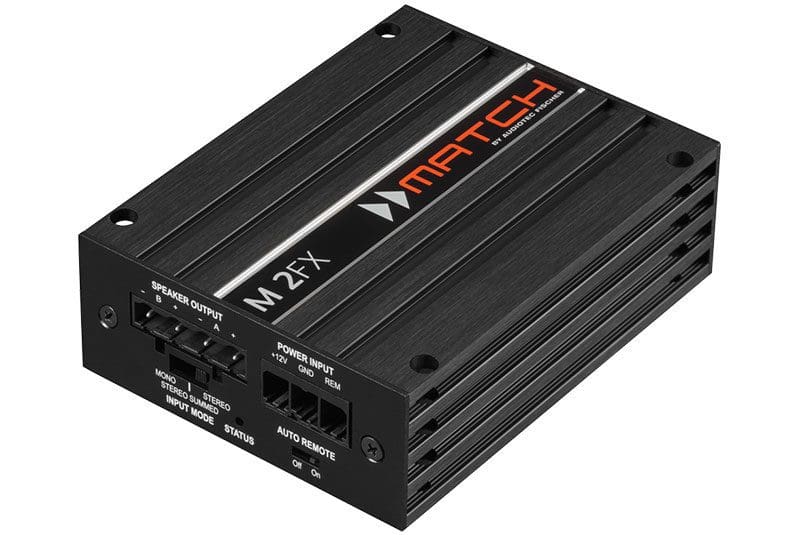
Great Car Stereo Speakers Need Power to Play Loud
If you are upgrading your car stereo system to play louder, then you need a combination of speakers that have good excursion capabilities and amplifiers powerful enough to drive them. If your system design falls short on either count, it might not play as loudly as you want. Your local specialist mobile enhancement retailer can help you plan your upgrade so you’ll have the performance and reliability you want.
This article is written and produced by the team at www.BestCarAudio.com. Reproduction or use of any kind is prohibited without the express written permission of 1sixty8 media.

